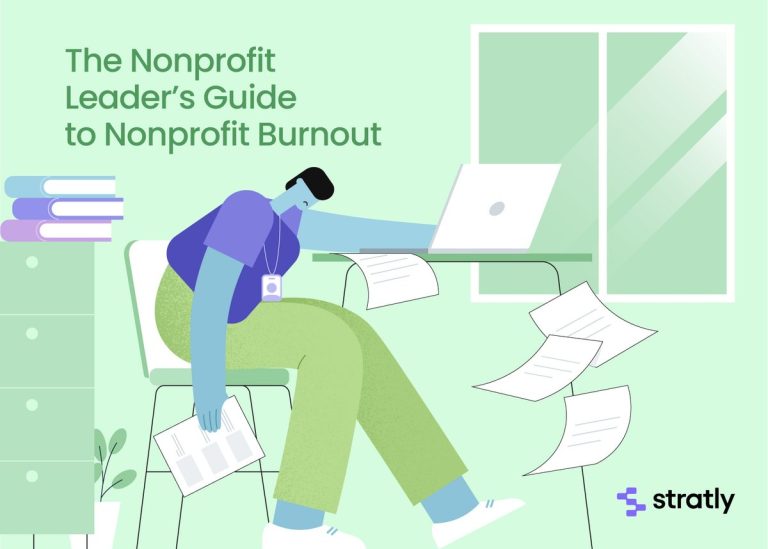Nonprofit burnout is a silent epidemic that’s been slowly eroding the passion and drive of countless dedicated individuals. It’s the feeling of being utterly drained, both physically and emotionally, from pouring your heart and soul into a cause you believe in.
You’re not alone if you’ve found yourself questioning your purpose, struggling to find motivation, or feeling like you’re running on empty. These are all signature burnout symptoms and you need to seek support to minimize burnout symptoms and reduce stress.
But don’t worry—there are effective ways to manage and beat nonprofit burnout.
Today, we’re going to share:
- What Is Nonprofit Burnout?
- Mental Health Matters in the Nonprofit Sector
- Recognizing the Signs of Burnout in Nonprofit Employees
- Factors Contributing to Burnout in the Nonprofit Sector
- Strategies to Prevent and Reduce Burnout in Nonprofits
- Building Resilience and Support Systems in Nonprofit Work
- Addressing the Root Causes of Burnout in the Nonprofit Sector
- Ensuring Employees Are Supported Starts With Leadership & Systems
What Is Nonprofit Burnout?
Feeling exhausted in every way—physically, mentally, emotionally—is what we call nonprofit burnout.
It’s a rising problem for those working or volunteering in nonprofits because they juggle huge tasks with few resources while facing challenging scenarios daily.
Impact of Burnout on Nonprofit Organizations
Burnout doesn’t just impact individual employees; it hits nonprofit organizations hard too. When staff members experience burnout, productivity declines, turnover rates increase, and the quality of services provided to the community suffers.
When nonprofit workers experience burnout, their mental health suffers, which can drag down an organization’s effectiveness. It’s important to address burnout so that staff remains healthy, engaged, and productive.
Mental Health Matters in the Nonprofit Sector
Prioritizing mental health within nonprofit teams is crucial. By fostering an encouraging workplace, nonprofits can help staff develop resilience and prioritize self-care, which leads to happier employees and better outcomes for the organization’s mission.
Importance of Addressing Employee Mental Health in Nonprofits
Mental health needs attention in nonprofits because it directly affects employee well-being and upholds social responsibility. Organizations owe it to their staff—who tirelessly work for the cause—to provide proper support to reduce and prevent burnout.
Pushing mental health to the forefront can enhance job satisfaction while lowering staff turnover rates. Employees who feel appreciated are often more driven and loyal to their jobs.
Consequences of Neglecting Mental Health
Ignoring mental health issues can poison the work culture, dragging down employee morale and making it tough for an organization to keep or attract skilled workers.
This ripple effect can hurt the quality of services offered to the community and weaken how well a nonprofit fulfills its mission.
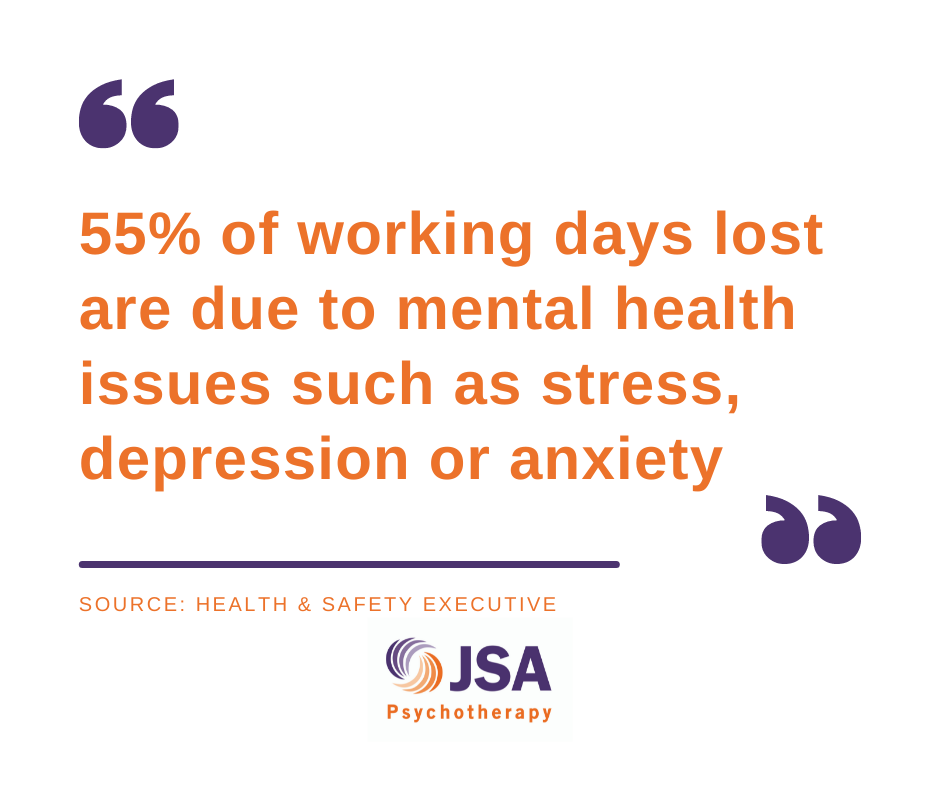
Recognizing the Signs of Burnout in Nonprofit Employees
If you’re leading a nonprofit team, it’s crucial to recognize the symptoms of burnout among your staff.
If you catch these warning signals soon enough, you can steer clear of burnout’s lasting impact and build a better, longer-lasting workplace environment for everyone.
Physical Signs of Burnout
Many people struggling with burnout feel constantly tired, have trouble sleeping, suffer from headaches, or deal with stomach issues.
Employees experiencing burnout may also find that their immune system is weakened, resulting in more frequent illnesses and longer recovery times.
Emotional Indicators of Burnout
Burnout can really take a toll on how someone feels emotionally. Nonprofit workers dealing with burnout might find themselves feeling worn out, negative, or disconnected from their job and the mission of their organization.
They might start losing their drive, becoming more irritable, and feeling excessive stress.
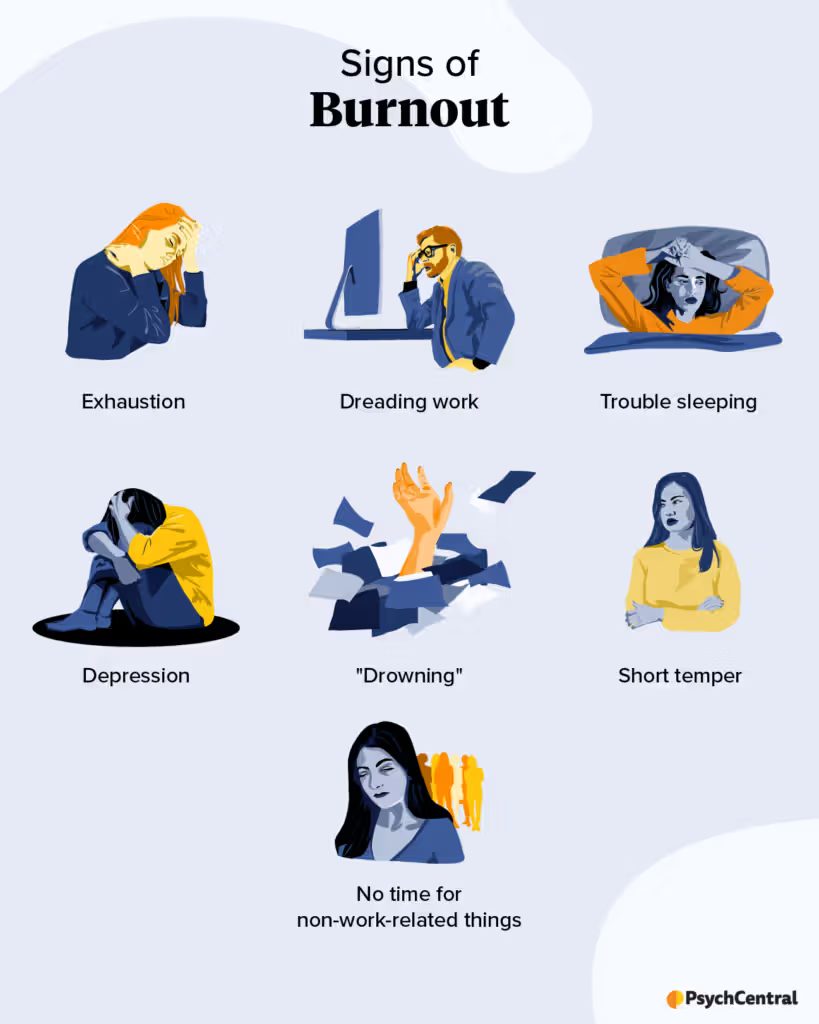
Behavioral Changes Associated with Burnout
When burnout strikes, you’ll likely see changes in how employees act and perform at work. For those working in nonprofits, this could mean struggling with concentration, making frequent errors, or having trouble keeping up with their tasks on time.
You may observe them pulling away from others, becoming more reclusive, and not performing as well. A noticeable slip in their work quality or an abrupt change in behavior can indicate that burnout is setting in.
Factors Contributing to Burnout in the Nonprofit Sector
Figuring out why people burn out in the nonprofit sector helps us come up with strategies to stop it from happening. Once these root causes are clear, nonprofit organizations can focus on making changes that support their workers’ well-being.
Demanding Work Environment
Working in the social sector means employees often juggle many roles, deal with heavy workloads, and face tight deadlines. These challenges stem from limited staffing and resources.
While they care deeply about making a social impact, this dedication can sometimes lead to overwork and unrealistic expectations.
Lack of Resources and Support
Nonprofit organizations frequently face the challenge of managing tight budgets and limited resources, which can significantly impact employee stress levels. When staff members don’t get the tools, training, or support they need for their jobs, it leads to frustration and burnout.
Often nonprofit HR is either nonexistent or overextended so they don’t have time to put together the resources that support employee well-being during high workload times – which is usually always.
Emotional Demands of Nonprofit Work
Nonprofit workers regularly deal with emotionally taxing circumstances while aiding at-risk groups which leaves them emotionally drained, in turn.
The daily encounters with trauma, pain, and unfairness can eventually cause them to experience compassion fatigue as well as secondary traumatic stress.
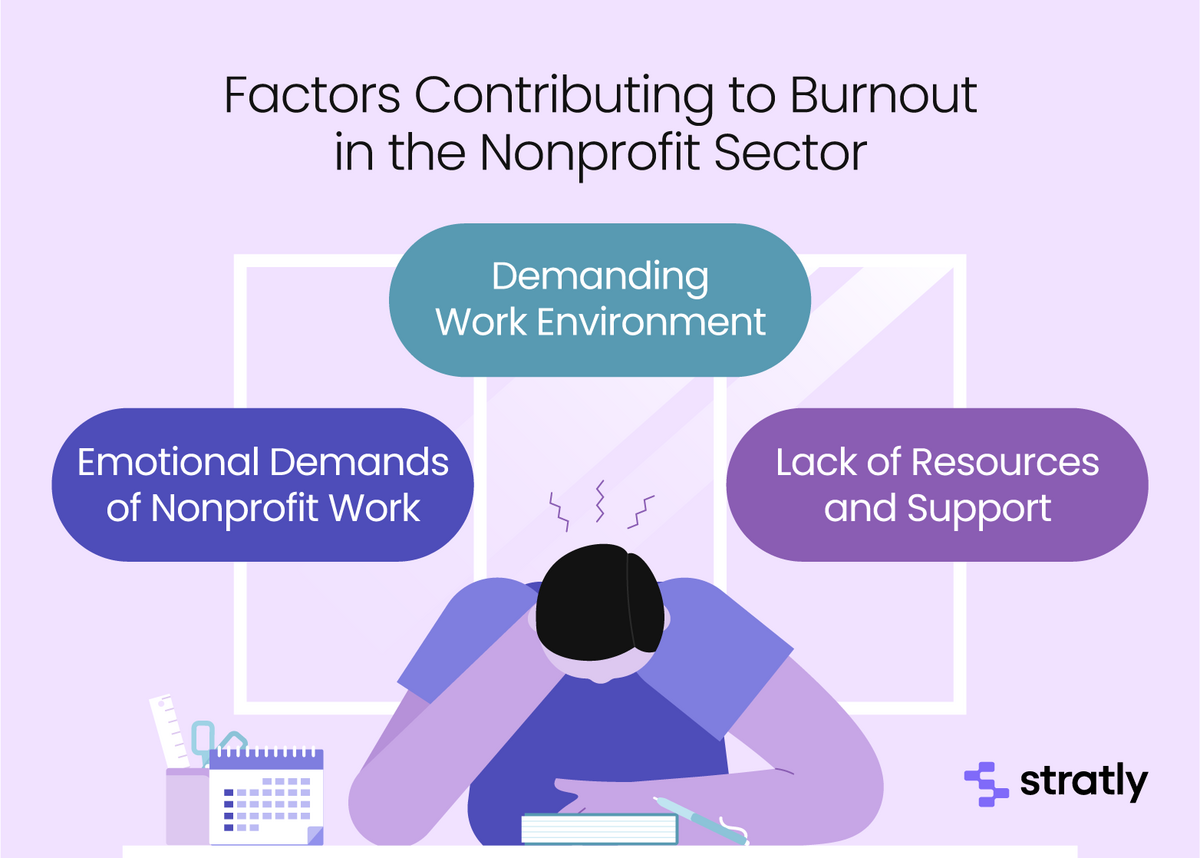
Strategies to Prevent and Reduce Burnout in Nonprofits
If you’re looking for ways to keep burnout at bay, consider implementing these tactics within your company.
Promoting Work-Life Balance
A healthy work-life balance helps prevent burnout. Encourage your team to use their vacation days, not overwork themselves with long hours, and make room for personal interests beyond the job.
Think about providing flexible work setups such as remote jobs or modified hours to assist employees in handling their tasks better and cutting down on stress.
Providing Mental Health Support
To keep burnout at bay, it’s crucial to offer solid mental health support and support managing stress. Employee assistance programs (EAPs) are great for this, providing access to counseling services and various mental health resources.
Regular check-ins with employees to discuss their well-being and any concerns they may have can go a long way in catching burnout early on. Create a safe space for open communication about mental health – it’s okay not to be okay sometimes.
Fostering a Supportive Work Culture
Encourage your employees to collaborate and build strong teams within the company. Acknowledge both major milestones and everyday successes to maintain high energy levels.
Recognizing everyone’s efforts can make a big difference in preventing burnout. A simple “thank you” or acknowledging hard work keeps the team motivated and feeling appreciated.
Encouraging Self-Care and Boundaries
Encourage your employees to focus on their physical and mental well-being by promoting healthy habits like taking breaks, exercising regularly, and using stress-management techniques.
Emphasize the importance of setting boundaries between work and personal life. Encourage employees to disconnect from work outside of office hours and respect their time off. Remember, a well-rested and recharged team is a productive one.
Building Resilience and Support Systems in Nonprofit Work
Nonprofit work is tough on the emotions, but you can prevent burnout by fostering resilience and creating good support networks. Think of it as setting up a sturdy foundation that helps you push through difficult times and come out better for it.
Encouraging Peer Support and Mentorship
Create opportunities for peer support and mentoring in your organization. Employees benefit by feeling part of a community where they can exchange skills, discuss problems openly, and seek guidance from seasoned coworkers.
Having peers to lean on can really help in preventing burnout. When you know others are going through similar challenges and can offer support, it lightens the load significantly.
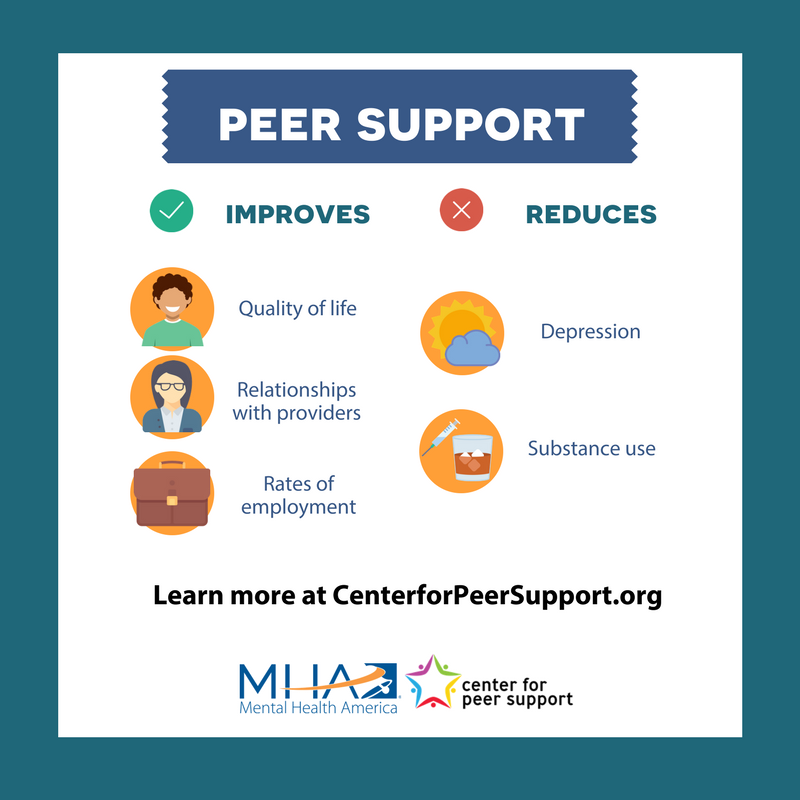
Promoting Flexibility and Work-Life Integration
Give your team the chance to juggle work and personal life by offering remote work options. You can also let them choose flexible hours or even try out compressed workweeks.
Make sure your team knows it’s okay to take breaks when they need them and respect their personal time. A well-rested, happy group gets more done.
Recognizing and Celebrating Achievements
Your team puts in tremendous effort every day, so take time to celebrate all wins—big or small. Acknowledging these moments boosts morale and shows everyone involved in nonprofit work how much they’re appreciated.
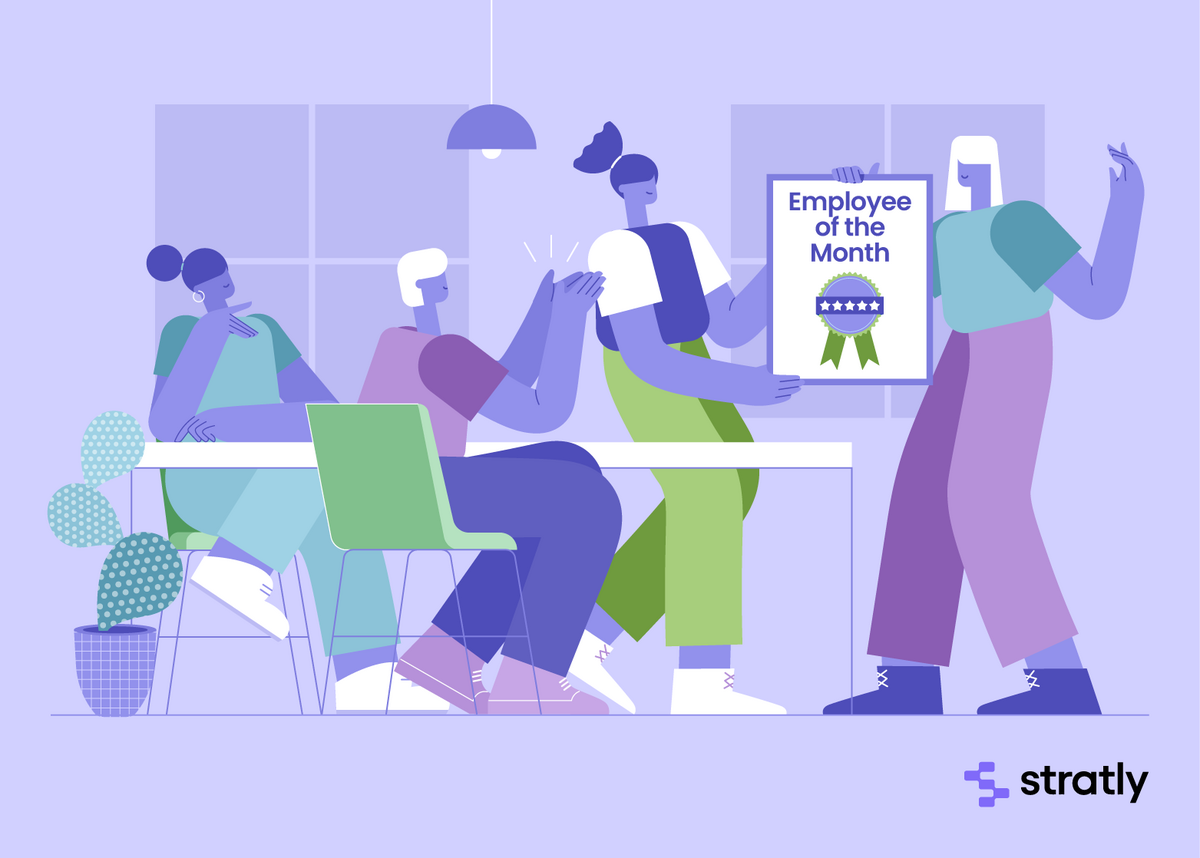
Recognizing achievements can lift spirits, give employees a sense of purpose, and cultivate a supportive workplace that enhances well-being and resilience. Never underestimate the impact of saying “thank you” or giving someone a much-deserved shout-out.
Addressing the Root Causes of Burnout in the Nonprofit Sector
Personal approaches are key in preventing burnout, yet tackling it from a systems level within nonprofits is essential as well. Let’s zoom out for a moment and see how bigger patterns affect us all.
Examining Systemic Issues
Because nonprofit workers often lack essential resources and support systems, understanding what’s truly missing is key.
Only then can you finally start to fix the issues.
Survey your workers to get an accurate picture of where they feel they lack additional support. You may have some uncomfortable discussions ahead and question our usual practices, but that effort will lead to a healthier work setting.
Advocating for Adequate Funding and Resources
Push for enough funding and resources so your nonprofit can meet its goals without burning out the staff. Talk to funders, policymakers, and other key players to get the backing you need.
Equip your team with the right tools, training, and resources so they can excel at their jobs. It’s important to not only get tasks done but also to support the people making it happen.
Challenging Unrealistic Expectations
Stand up to funders or donors when their expectations are out of reach. It’s important to set realistic goals and timelines that focus on employee well-being while ensuring your organization’s sustainability.
Push back against demands that may compromise the mental health and well-being of your team. Remember, you can’t save the world if you’re running on empty. It’s okay to say no sometimes and set boundaries to protect your employees and your organization.
Ensuring Employees Are Supported Starts With Leadership & Systems
Nonprofit burnout is a real and pressing issue that affects countless individuals who have dedicated their lives to making a difference. It’s not a sign of weakness or failure, but rather a natural response to the unique challenges and demands of working in the nonprofit sector. Taking time for self-care, setting clear boundaries, and fostering a supportive work atmosphere with proper tools and systems can help us bounce back and rekindle the passion that got us into this line of work.
Remember, looking after yourself isn’t selfish – it’s crucial to keep making a positive difference.
One way your team can support burnout prevention is to reduce work overload with software that supports workflows and systems. Stratly is dedicated to providing the tools your team needs to be efficient, effective, and fully supported. Book your demo today!

